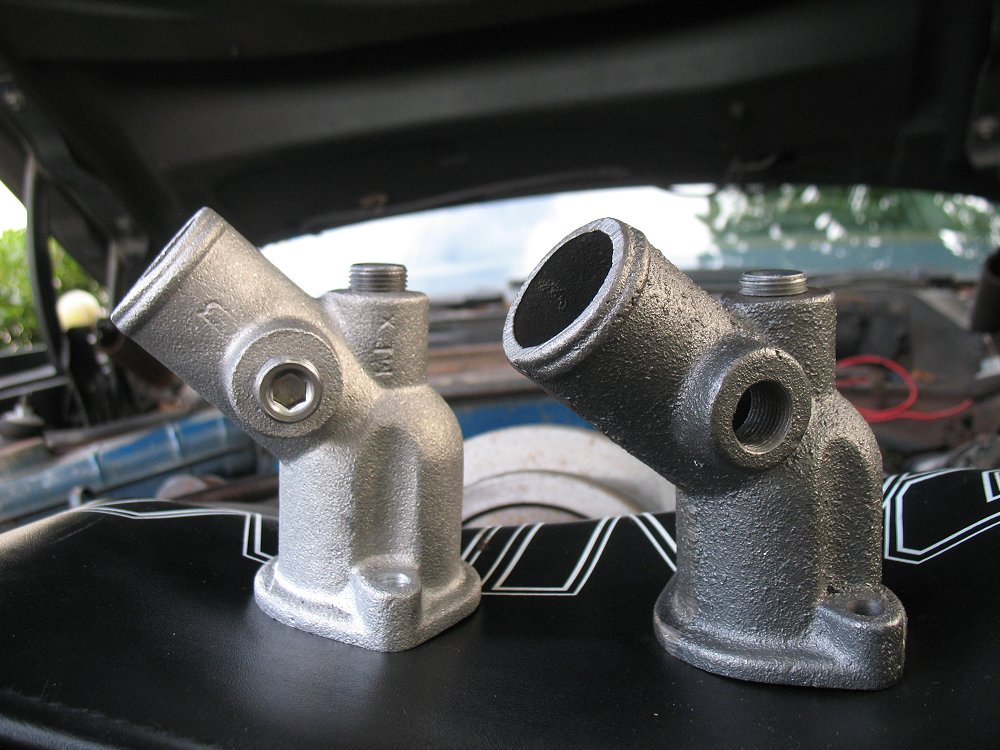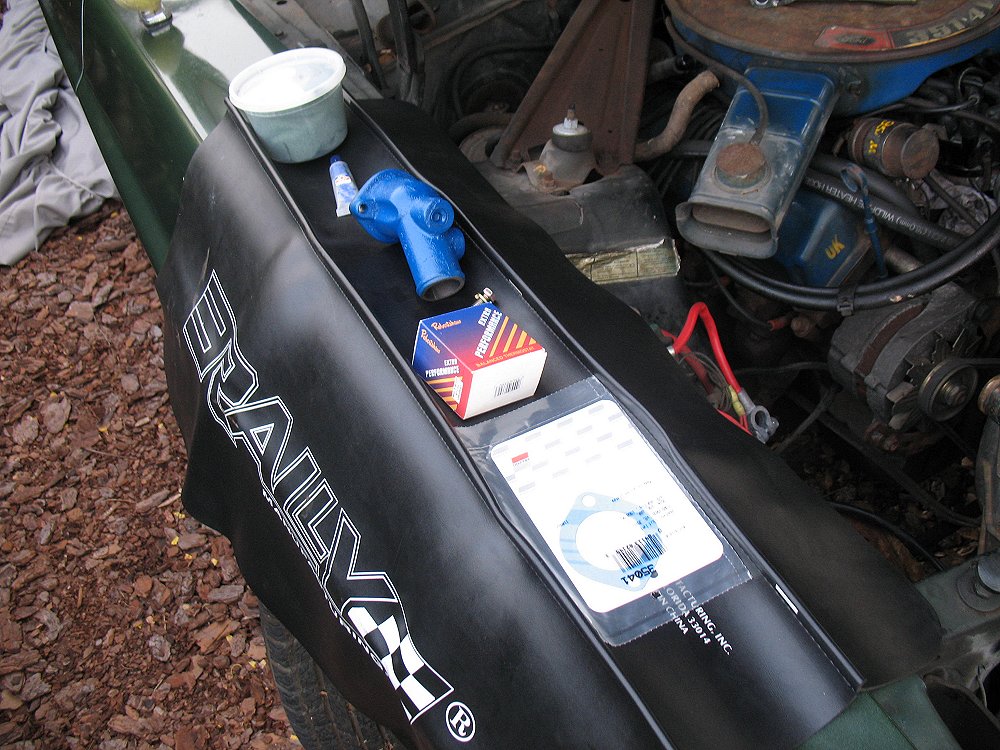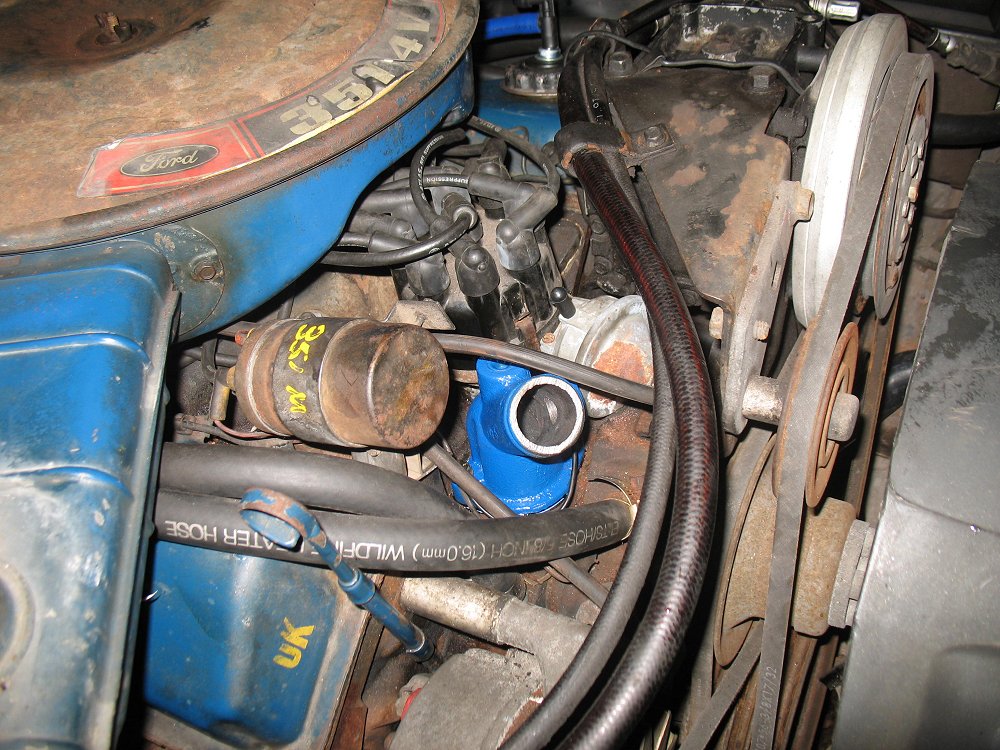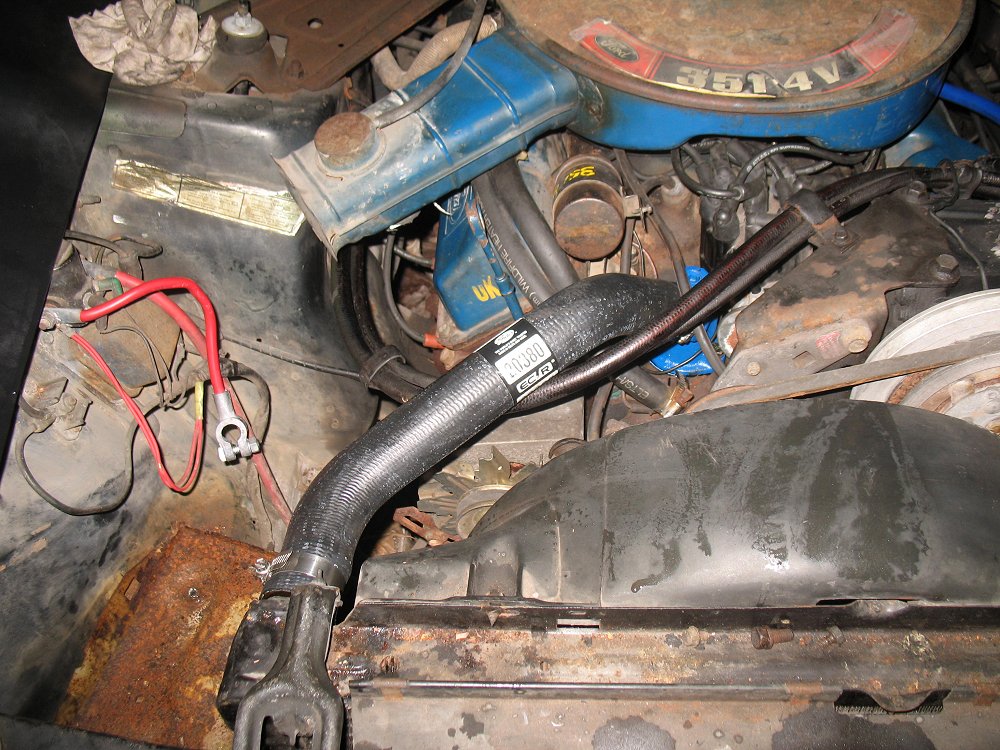- Joined
- Jul 21, 2012
- Messages
- 3,280
- Reaction score
- 46
- Location
- South Florida
- My Car
- '71 Mustang Mach 1 M-code "Soylent Green"
'68 Plymouth Satellite
Cast iron's coefficient of expansion is 10.8 um/m K; aluminum is 22.2. That's a ratio of 2.05 to 1.Do you have an ALUMINUM phobia?
I have a phobia of re-doing leaking fittings.
-Kurt


























































